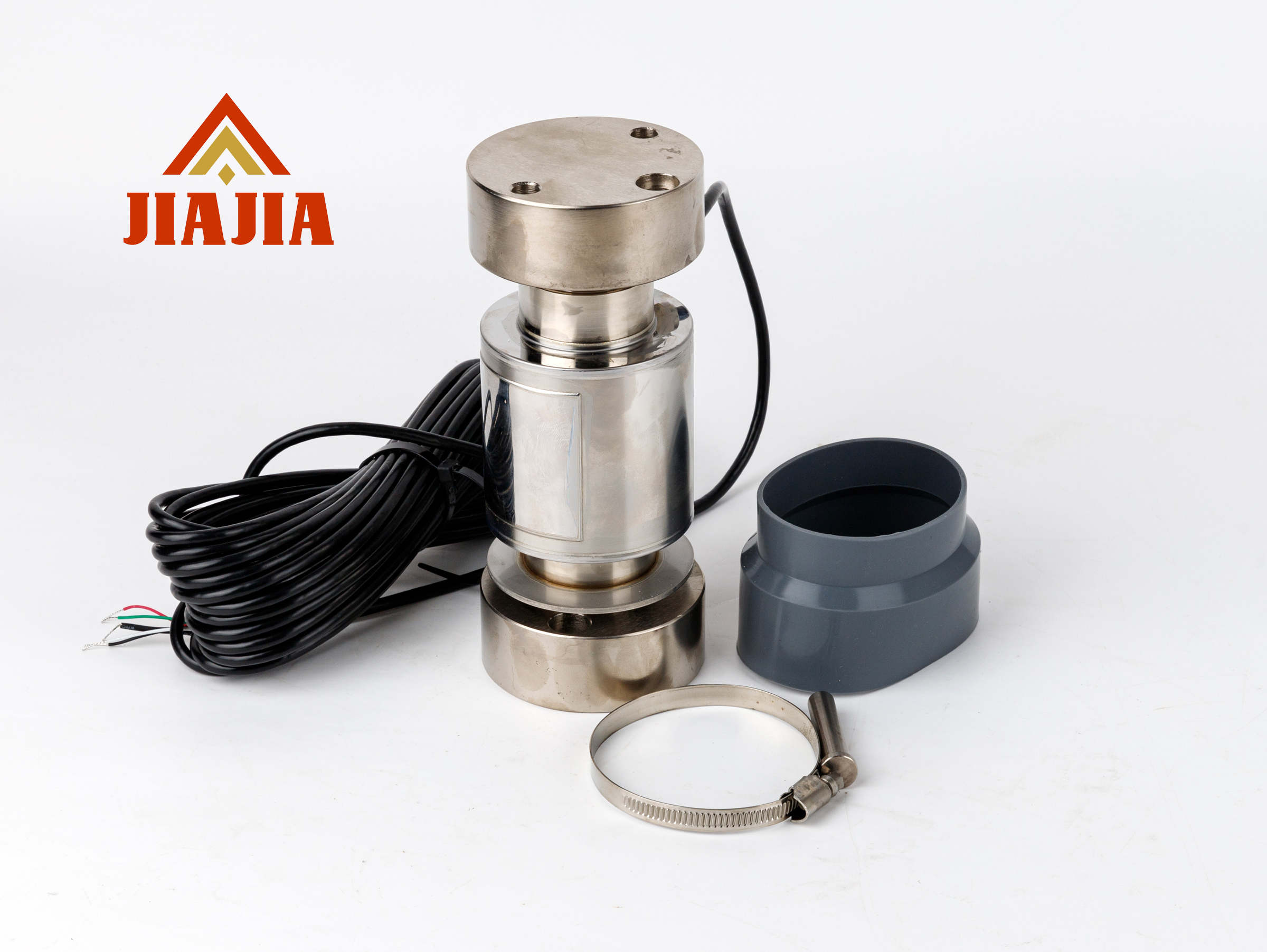Why should we know about load cells?
Load cells are at the heart of every scale system and make modern weight data possible. There are as many types, sizes, capacities, and shapes of load cells as there are applications in which they are used, so it can be overwhelming when you first learn about load cells. However, understanding load cells is an essential first step in understanding the capabilities of all types and models of scales. First, learn how load cells work with our brief overview, then learn 10 quick facts about load cells – starting with load cell technology and going all the way to the many different applications you can use them for!
10 little things to know
1. The core of every scale.
The load cell is the most important component of the scale system. Without a load cell, a scale cannot measure changes in force caused by load or weight. The load cell is the heart of every scale.
2. Enduring origins.
Load cell technology dates back to 1843, when British physicist Charles Wheatstone created a bridge circuit to measure resistance. He named this new technology the Wheatstone bridge, which is still used as the basis for load cell strain gauges today.
3. Use resistors.
Strain gauges use resistance theory. A strain gauge consists of a very thin wire that is woven back and forth in a zigzag grid to increase the effective length of the wire when force is applied. This wire has a certain resistance. When a load is applied, the wire stretches or compresses, thereby increasing or decreasing its resistance - we measure the resistance to determine the weight.
4. Measure diversification.
Load cells are capable of measuring more than just cantilever force, or the force exerted on one end of the load cell. In fact, load cells can measure resistance in vertical compression, tension and even suspended tension.
5. Three major categories.
Load cells are divided into three major categories: Environmentally Protected (EP), Welded Sealed (WS) and Hermetic Sealed (HS). Knowing what type of load cell you need will effectively match the load cell to your application, ensuring the best results.
6. Importance of deflection.
Deflection is the distance a load cell bends from its original rest position. Deflection is caused by the force (load) applied to the load cell and allows the strain gauge to do its job.
7. Load sensor wiring.
Color combinations for load cell wiring excitation, signal, shielding and sensing can be very wide, with each manufacturer developing their own wiring color combinations.
8. Customized scale solutions.
You can integrate load cells into pre-existing structures such as hoppers, tanks, silos and other vessels to create custom scale solutions. These are excellent solutions for applications requiring inventory management, recipe dosing, material unloading or those who prefer to integrate weighing into established processes.
9. Load cells and accuracy.
High-accuracy scale systems are generally considered to have a system error of ±0.25% or less; less accurate systems will have a system error of ±.50% or greater. Since most weight indicators typically have an error of ±0.01%, the primary source of scale error will be the load cell and, more importantly, the mechanical arrangement of the scale itself.
10. The right load cell for you.
The most effective way to build a high-precision scale system is to select the right load cell for your application. It's not always easy to know which load cell is best for each unique application. Therefore, you should always be an engineer and load cell expert.
Post time: Dec-14-2023
